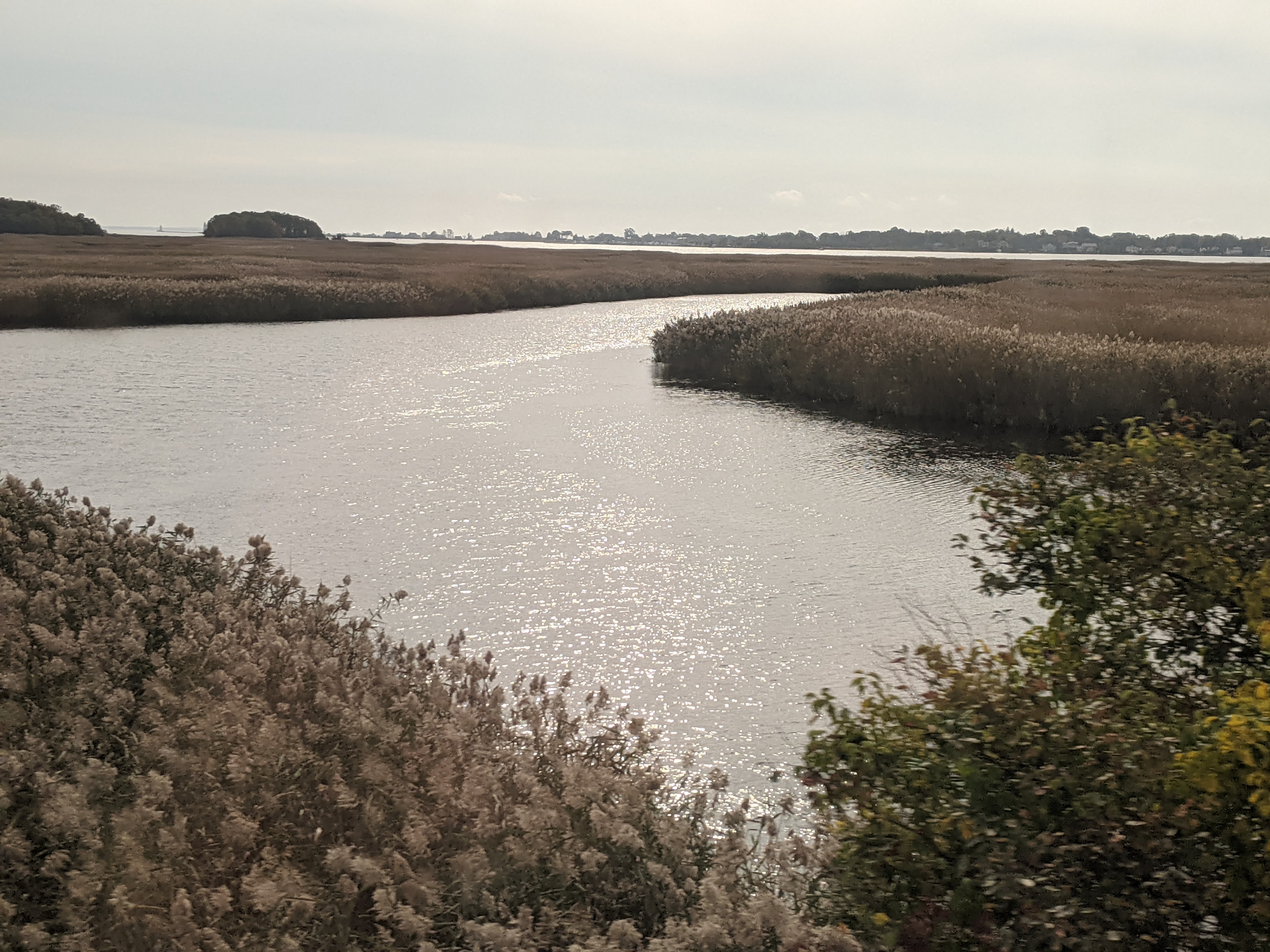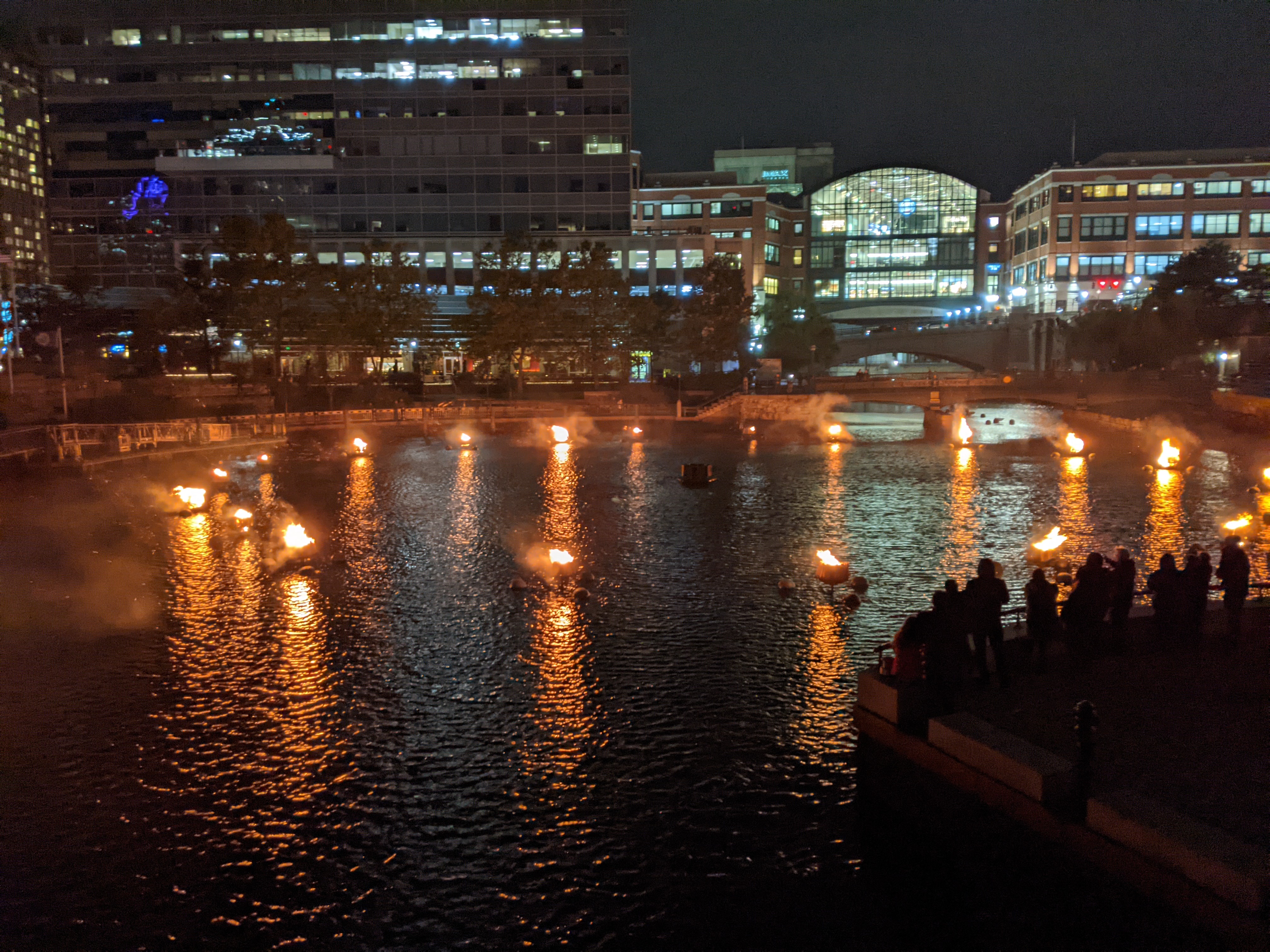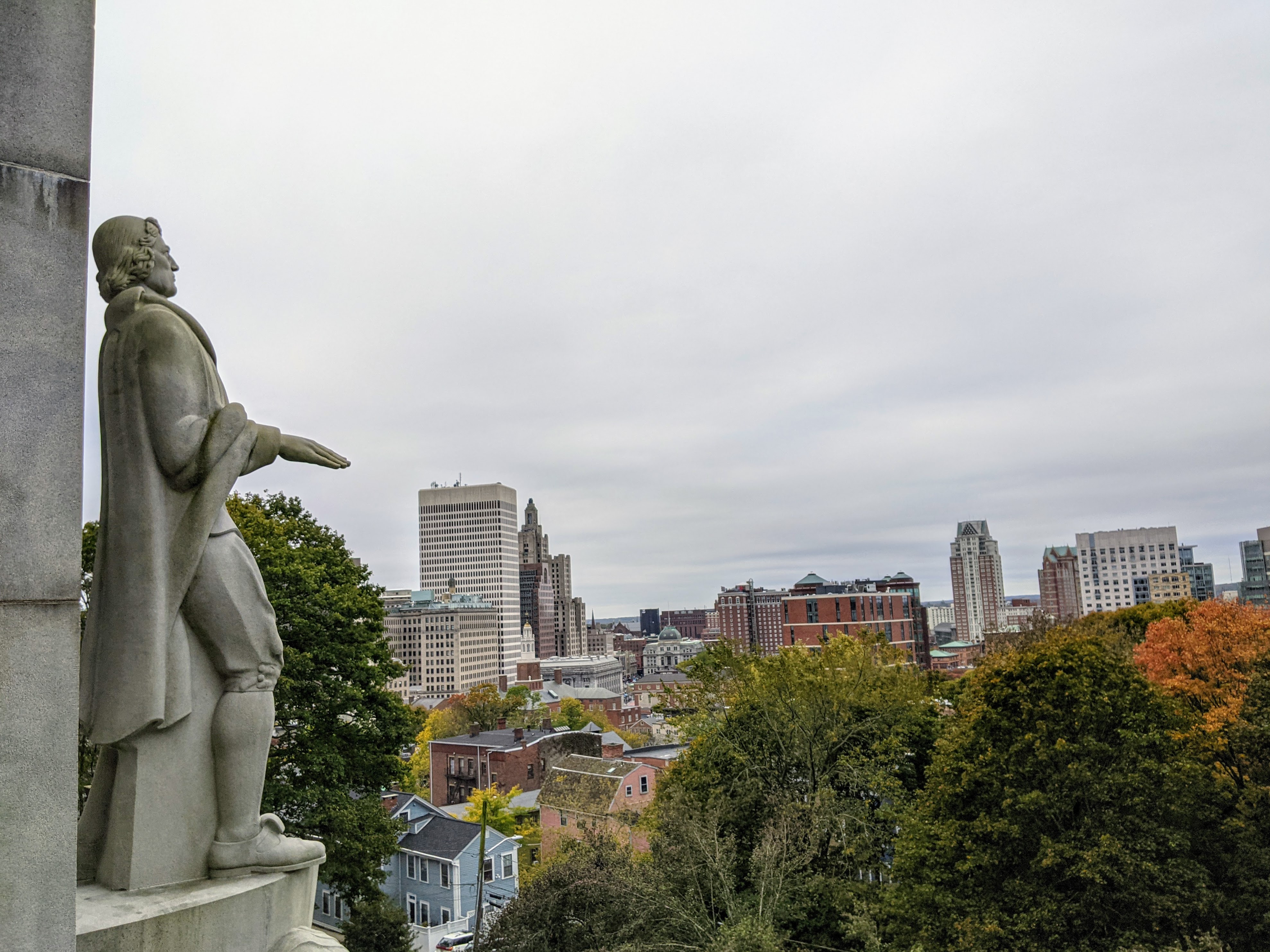Providence: Walking with H. P. Lovecraft
Earlier this autumn, I visited Providence, Rhode Island for a long-awaited trip to the John Hay Library at Brown University. For a full workweek, I spent the majority of my waking hours sifting through the papers of author H. P. Lovecraft and several of his associates for material for my biography on the weird fiction writer and his New York City years. As with any research project, a new question arose for each one answered.
I rarely left the city’s historic College Hill neighborhood — Lovecraft’s own place of residency upon his return from New York in 1926 and until his death in 1937. Strolling through the hilly streets lined with brick and wood-framed buildings from past centuries on a chilly October evening, I immediately understood his deep attachment to his native city.
Before I even arrived in Providence, I attempted to imaginatively transition from my world to that of Lovecraft. Watching the New England landscape — foliage, marshland, and coastline from my train seat, I felt as if I crossed a palpable, yet invisible boundary.

After checking into my room at the Old Court Bed and Breakfast, a pre-Civil War building mentioned in Lovecraft’s short story “The Shunned House,” I immediately began exploring the neighborhood. A fog hung over its leafy streets. Every turn revealed a shadowy garden, a doorway fanlight, a sloping vista, or another visual surprise. Only the occasional cawing crow interrupted the dreamy quietude.

Throughout my stay in Providence, I attempted to find buildings and sites prominently mentioned in Lovecraft’s fiction and letters, including his final home. Lovecraft began boarding at 66 College Street in 1933. He shared his excitement about living in a “delightful Georgian home” to a correspondent, noting that this was his first time inhabiting an old house. The building was moved to 65 Prospect Street in 1959.
Prospect Terrace offers panoramic views of both the Providence skyline and distant hills. A statue of Rhode Island’s founder Roger Williams watches over the city. Lovecraft often retreated to the park to read, write, and think. When Sonia H. Greene, his future wife, first visited Providence early in their courtship in 1921, Lovecraft showed her this favorite spot.
While daring an excursion from Lovecraft’s antiquarian habitat one evening, I thought that I happened upon a scene from one of his stories. Evocative Celtic music played as a boat circled through a segment of the Woonasquatucket River winding through Providence’s downtown. A single-file procession of torch bearers descended stone steps and then lined up along the riverbank. As the boat neared the gathering, an individual emerged from it and lit the torch of one of the boat’s riders. This rider proceeded to light a pair of batons held by an artfully-clad young woman standing on the boat’s bow. While this vessel continued its course through the river, the female performer twirled her now flaming batons. A second boat trailed the first one and lit log-filled braziers anchored at points throughout the water.
The brisk night wind carried the scent of wood crackling beneath flames. Embers danced about the air. A crowd watched all along the river. This was the twentieth-fifth anniversary of WaterFire, an outdoor art installation and event. Not a ritual conducted by Cthulhu cultists.

After finishing my research on my final day in Providence, I headed downtown to follow a bookstore suggestion from a library staff member. I was happily unprepared for the varied architectural treasures of the city’s business district. The buildings’ styles and details range from Greek Revival to Art Deco. Unfortunately, many of the buildings are underutilized or entirely vacant. Still, the high-quality architecture presents a potent ingredient for renewal.

When I finally stepped aboard a New York-bound train, I left Providence simultaneously more understanding and perplexed by my biographical subject. Having walked the streets regularly tread by Lovecraft and visited the sites key to his conception of the city, I succumbed to the spell of those old and storied places. I understood his desire to spend his life in such an environment. Comprehending his intellectual and physical connection to Providence — especially his well-worn part of it — I wondered: why did he choose to trade it for the modern kineticism of New York? That’s one question I hope to explore in my book.
If you enjoyed this post, you can support the blog at Ko-fi.

